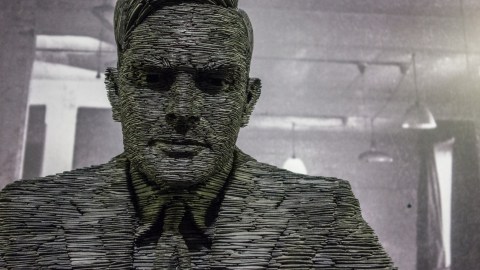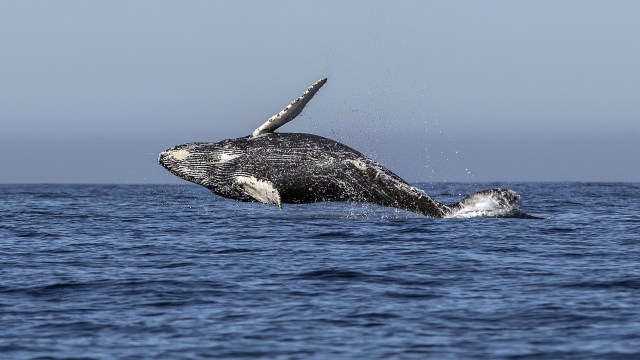Turing’s water filter could soon be used to solve the world’s water problems

Alan Turing has often been described as the “godfather of artificial intelligence”, less-so in the mafia boss way and more-so due to the fact that his test, the Turing test, is used to measure how smart computers are. He was, if you’ll pardon my language, so mind-f**kingly intelligent that we are still barely just catching up to his brilliance.
But he wasn’t just a brilliant computational mind. He also wrote lone one biology paper back in 1952, describing a system that desalinates water 3-times faster than, well, the methods we use today. Thanks to a sudden advancement in 3D printing technology, his desalination process was never put into practice until very recently by a team of South Korean scientists.
The key is the shapes within the filter, made up of hundreds of thousands of tiny tubules shaped like a Turing pattern. Common water filters tend to be made up only of peaks-and-valleys (think corrugated cardboard).

The method is fantastic at filtering out most things, but the only unfortunate thing is that the current implementation isn’t as reliable for filtering salt as it is everything else, which takes it out of the running — for now — to be widely implemented as a desalination method. And make no bones about it: the human race is in dire need of a good, fast, reliable desalination method as only 2.5% of the world’s water is actually safe to immediately drink. Turing’s invention could create a major industry overnight and create a literal and metaphorical ocean of possibilities for developing nations.
Mankind has been trying to figure out how to make the ocean’s drinkable for centuries; it’d be poetic justice if Alan Turing was the one to make it happen.





